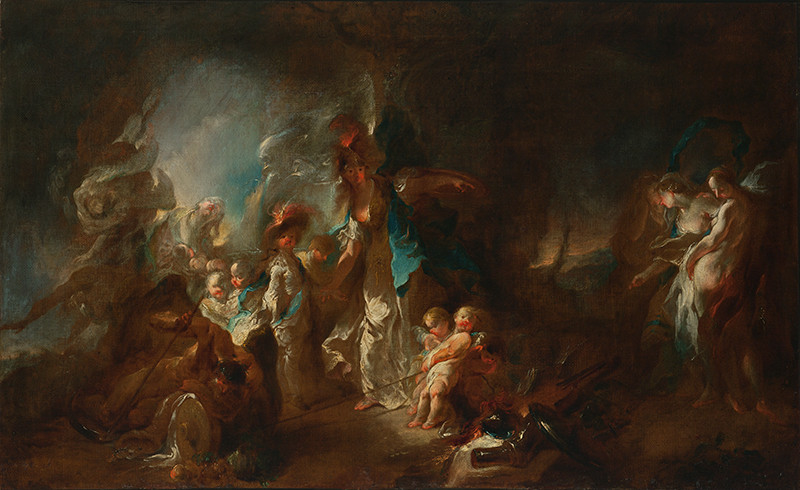Allegory of a Noble’s Education
Franz Anton Maulbertsch
| date: | |
| measurements: |
height 70 cm width 104 cm |
| material: |
canvas |
| technique: |
oil |
| inventory number: | O 13897 |
| gallery collection: | Collection of Old Masters |
